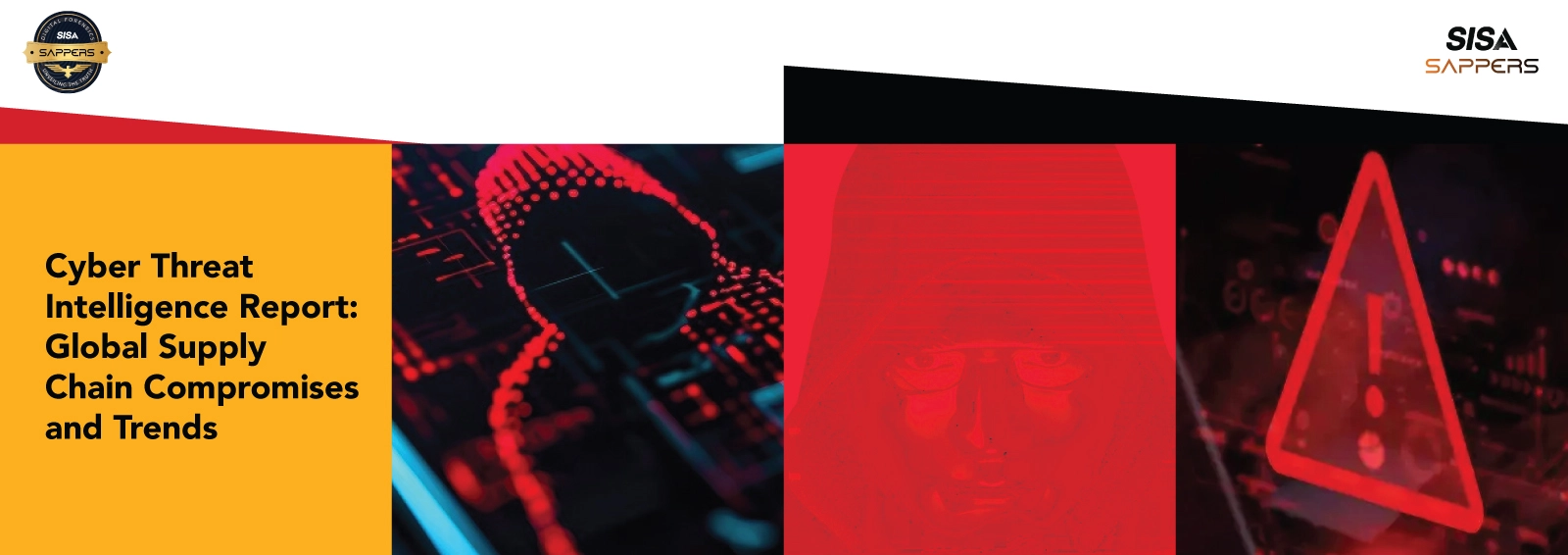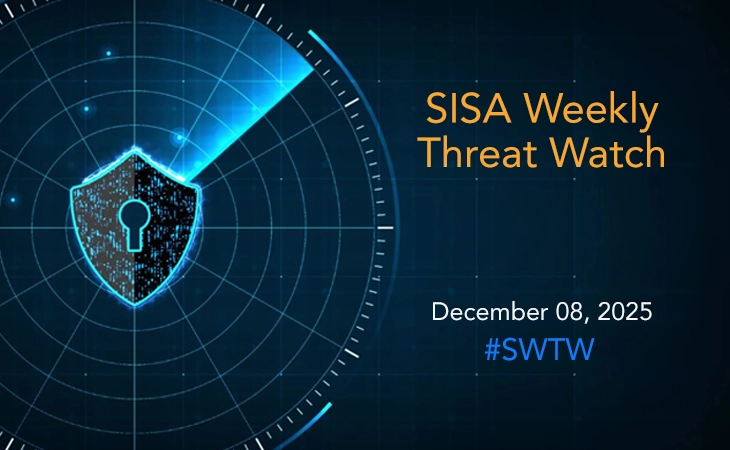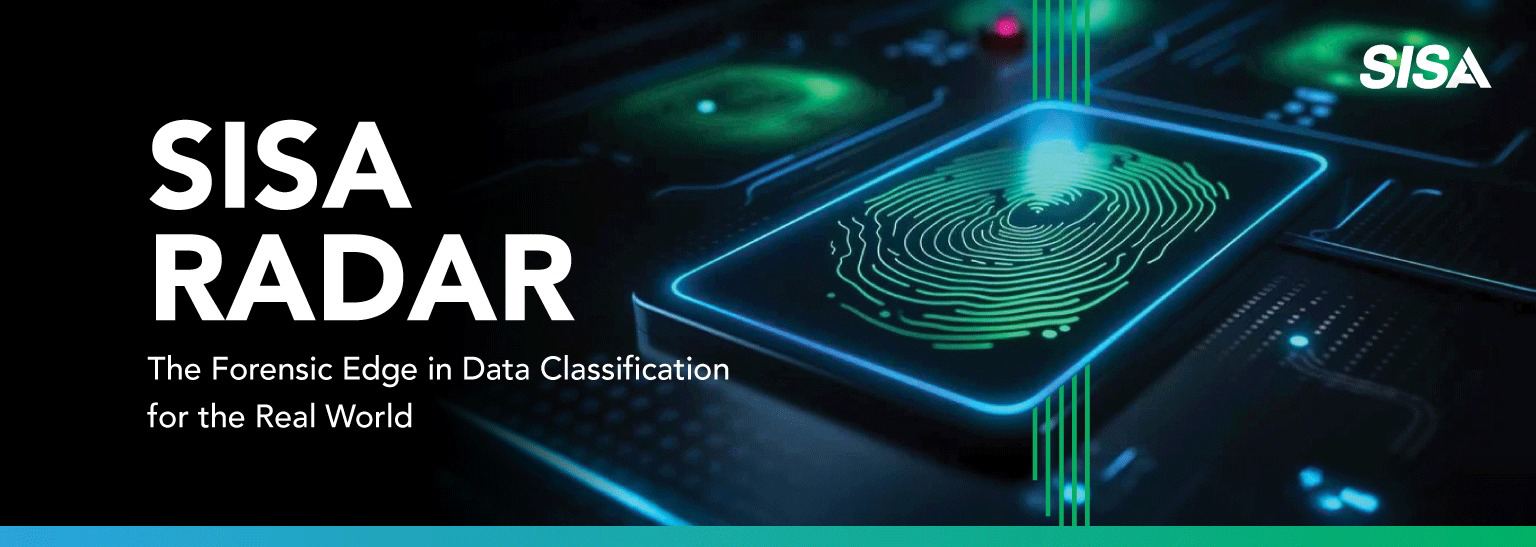Home » Checklist vs. Controls: Why HITRUST Is About Risk Intelligence, Not Tick-Boxes
Checklist vs. Controls: Why HITRUST Is About Risk Intelligence, Not Tick-Boxes
Share on
In the world of compliance, it’s easy to get caught up in the “checklist trap.” Every new regulation brings a new list of requirements, every audit a fresh set of forms. Many organizations respond by treating compliance as a mechanical exercise — a box-ticking routine to satisfy regulators and move on.
But HITRUST changes that conversation. It’s not about whether a control exists on paper. It’s about whether that control works: consistently, contextually, and intelligently, to reduce real risk.
A checklist approach may seem efficient, but it often leads to “control fatigue.” Teams rush to meet each requirement in isolation, creating redundancy across frameworks like PCI DSS, GDPR, ISO 27001, and SOC 2. The result? Compliance without intelligence. You might be audit-ready, but not truly breach-ready.
In a rapidly evolving threat landscape, static checklists simply can’t keep up. Threats don’t follow standards. What matters is whether your controls are adaptive, risk-based, and integrated across the enterprise.
That’s where HITRUST stands apart. HITRUST’s Common Security Framework (CSF) unifies multiple standards into a single, risk-based control library — one that dynamically scales with your environment, data sensitivity, and regulatory exposure. It isn’t just another audit framework; it’s a living model of risk intelligence — one that transforms static compliance into continuous assurance. There are broadly three ways in which it transforms risk intelligence.
One, HITRUST redefines third-party risk management. Its Inherent Risk Assessment and Third-Party Assurance (TPA) model brings structure and intelligence to vendor risk management. By mapping control inheritance across the supply chain, HITRUST allows enterprises to measure and monitor vendor compliance continuously, not periodically, while transforming vendor oversight into a streamlined, certifiable, and inheritance-based model.
Two, its control maturity model aligns with modern threat intelligence methodologies like MITRE ATT&CK, allowing organizations to link compliance controls directly to attacker tactics, techniques, and procedures (TTPs). This mapping transforms static controls into living defenses, enabling organizations to proactively mitigate real-world threats and providing them with actionable security intelligence and continuous assurance. As per HITRUST 2025 Trust report, a mere 0.59% of organizations with HITRUST certifications reported breaches in 2024, in contrast to the industry’s double-digit breach rate, validating its effectiveness.
Three, HITRUST’s risk-based approach to quantify risk provides measurable insight into control maturity, residual risk, and business impact. This quantification is becoming critical as insurers demand evidence-based cyber risk metrics for underwriting. HITRUST-certified organizations can demonstrate how their control maturity translates into lower exposure — often leading to more favourable premiums and stronger insurability positions. Its structured, risk-based control mapping and continuous monitoring capabilities provide insurers with real-time visibility into an organization’s resilience posture, reducing ambiguity and strengthening trust.
In conclusion, the new age of HITRUST intelligence represents a pivotal evolution for businesses navigating the complex regulatory and threat landscape. By shifting from fragmented, reactive compliance to an integrated, automated, and continuous assurance model, organizations can overcome traditional stumbling blocks and unlock HITRUST’s full potential as a trust currency. Success lies not in documentation, but in embedding HITRUST into the DNA of business operations, linking every control to risk outcomes and business KPIs. By aligning executive ownership, precise scoping, intelligent resource deployment, and continuous control validation, organizations can convert compliance fatigue into strategic advantage.
 USA
USA India
India APAC
APAC Middle East
Middle East Global
Global


 Facebook
Facebook Linkedin
Linkedin  X
X Youtube
Youtube






